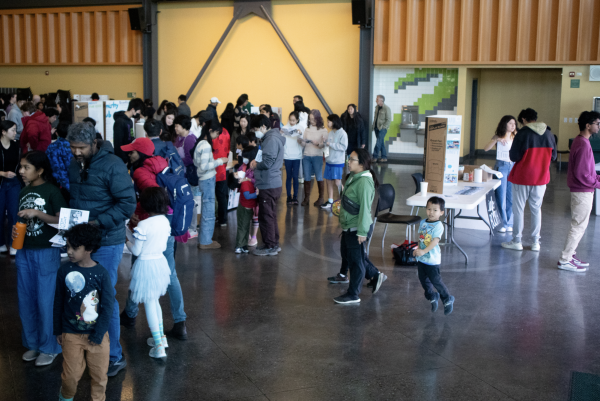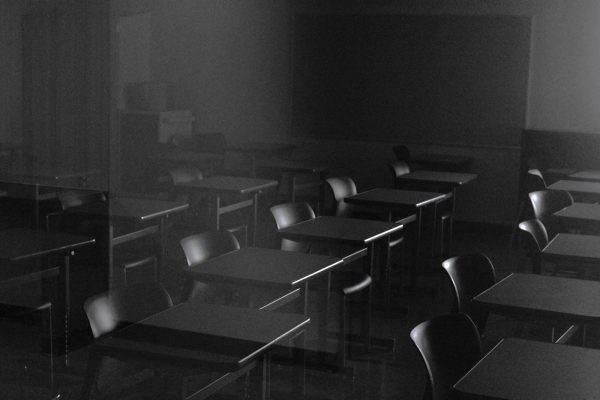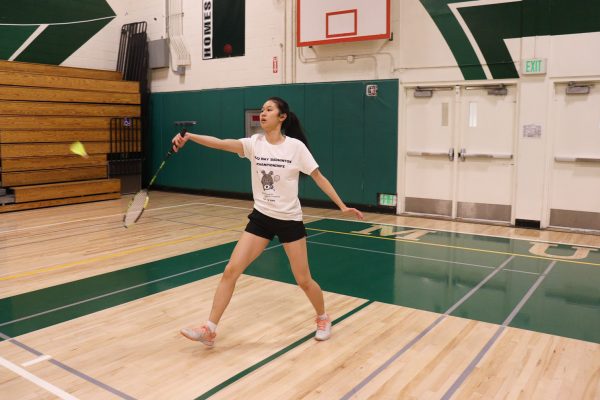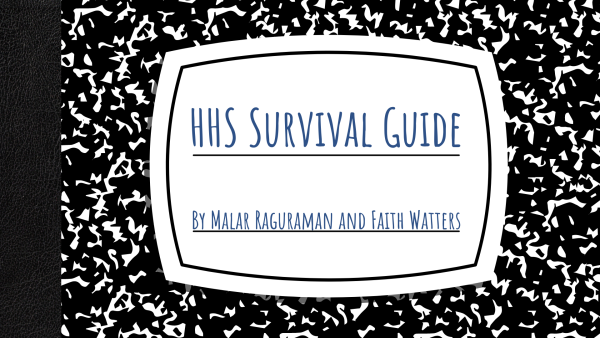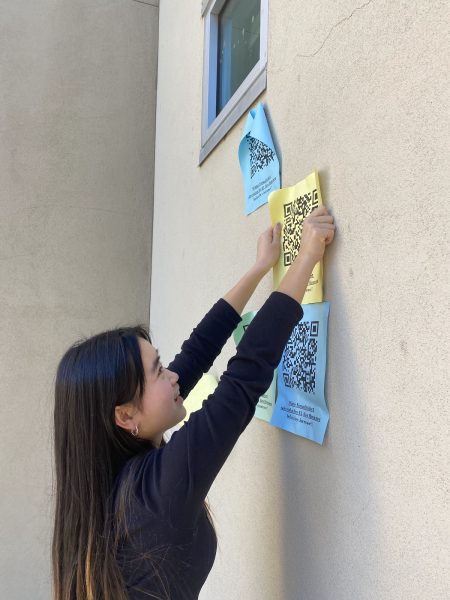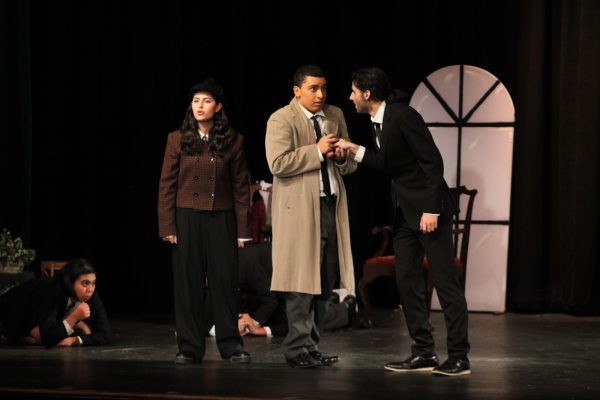Course Selection gets new spin to accommodate distance learning
Prerecorded videos help students learn about course options
Around every February, students must make decisions on their courses for the next school year. Due to distance learning, the guidance team had to adapt to the new circumstances and create an alternative plan for teachers to promote and educate students about their classes.
A compilation of course overview videos was linked to a Google document for students. The videos, made by teachers, were available for students to watch during the Advisory period on Feb. 10, Derek Chan said in a Zoom interview. Students could access them after the period, as well, for additional reference.
“The purpose of the videos was to get as much information out as possible to all of our students and have these recordings be available [to them] whether or not they were able to view them in advisory [or outside of it],” Chan said.
The purpose of the videos was to get as much information out as possible to all of our students and have these recordings be available [to them] whether or not they were able to view them in advisory [or outside of it]. — Assistant principal Derek Chan
“They were easy to navigate and had a lot of the information I already knew from previous years like science [for example],” Ikeda said. “It was pretty easy to go through the videos and watch them because they were all really short, too.”
Since teachers were the ones presenting in their videos, Chan said they were given instructions about what to discuss, in detail, including the classroom environment, prerequisites and the expectations students will have placed on them in the class.
A significant benefit for recording videos instead of students going from one classroom to the next was the ability to watch them more than once, Chan said. He said he hoped the presentations were in-depth enough and answered any questions students had, but also encouraged students to reach out to teachers.
“In-person, we could have all of our students ask questions right then and there or gain a little bit more information, but even then we would have to have all of our students reach out to every individual teacher,” Chan said. “This [new form of] accessibility allowed everyone to be at their own pace.”
The administration has mostly received positive feedback from viewers, principal Greg Giglio said in a Zoom interview. Parents with students who have graduated and now have younger children at HHS told the school they have learned more information about the classes they didn’t know previously. Seeing all the benefits of this new system, Giglio said the administration is thinking of incorporating it into future course selection events, as well.
“I think it’s one of the things you’ll probably see a lot more of,” Giglio said. “In a way, we’ll do it just because it was easier for people to be able to access [the videos] and because they could stop and rewind [them]. Originally [it was simply]: ‘how do we get this information out?’ [This] was a really good way to do it and we need to do [it] again.”
Lia is a senior and she is excited to be entering her third year in The Epitaph. As the Senior Lifestyles section editor, she sheds light on the life experiences...



